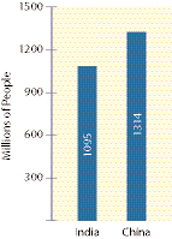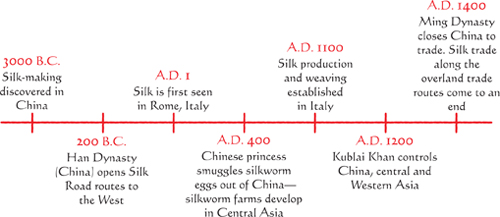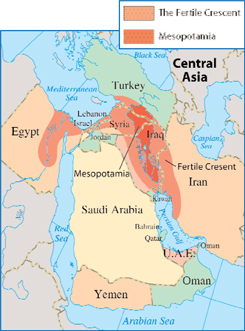Review
Directions: Use a pencil to fill in the circle that has the same letter as the answer you have chosen.
1. A large group of islands is called
Ⓐ an archipelago.
Ⓑ a subcontinent.
Ⓒ a climate zone.
Ⓓ a delta.
 Comparing Population of China and India
Comparing Population of China and India
source: CIA Fact Book 2006
2. Which two neighboring countries had the most affect on the culture of Southeast Asia?
Ⓐ United States and China
Ⓑ China and Japan
Ⓒ India and Pakistan
Ⓓ China and India
3. Subsistence farming can best be described as
Ⓐ when people grow extra food to sell to other countries.
Ⓑ when people raise only enough food to feed their own families.
Ⓒ when people grow food for their neighborhood.
Ⓓ when people can no longer farm their land.
4. Which two religions began in India?
Ⓐ Buddhism and Christianity
Ⓑ Hinduism and Islam
Ⓒ Buddhism and Hinduism
Ⓓ Islam and Christianity
Base your answers for questions 5 and 6 on the graph at the top of this page.
5. How many people live in China?
Ⓐ 1,314
Ⓑ 1,000,314
Ⓒ 1,314,000,000
Ⓓ 1,314,000,000,000
6. About how many more people live in China than India?
Ⓐ 219,000
Ⓑ 2,019,000
Ⓒ 21,900,000
Ⓓ 219,000,000
Base your answers to questions 7 and 8 on the time line at top of page 117.
7. How many centuries pass between the time silk production begins in Italy and the Silk Road trade routes come to an end?
Ⓐ 1
Ⓑ 2
Ⓒ 3
Ⓓ 4
 Important Events: The Silk Road
Important Events: The Silk Road
8. Based on information in the time line, what civilization controlled trade along the Silk Road?
9. Explain how the development of silkworm farms outside of China might affect trade along the Silk Road. Use information from the time line in your answer.

Base your answer to question 10 on the historical map (right).
10. Explain how the historical map of the Fertile Crescent shows the importance of rivers and bodies of water to the development of early civilization in this region. Use terms you have learned in this unit in your answer.
Additional topics
- Looking At JAPAN - Where in the World Is Japan?, What Is the Geography of Japan?
- Other Free Encyclopedias
History Reference: Ancient History & World HistoryThe Eastern Hemisphere - Asia